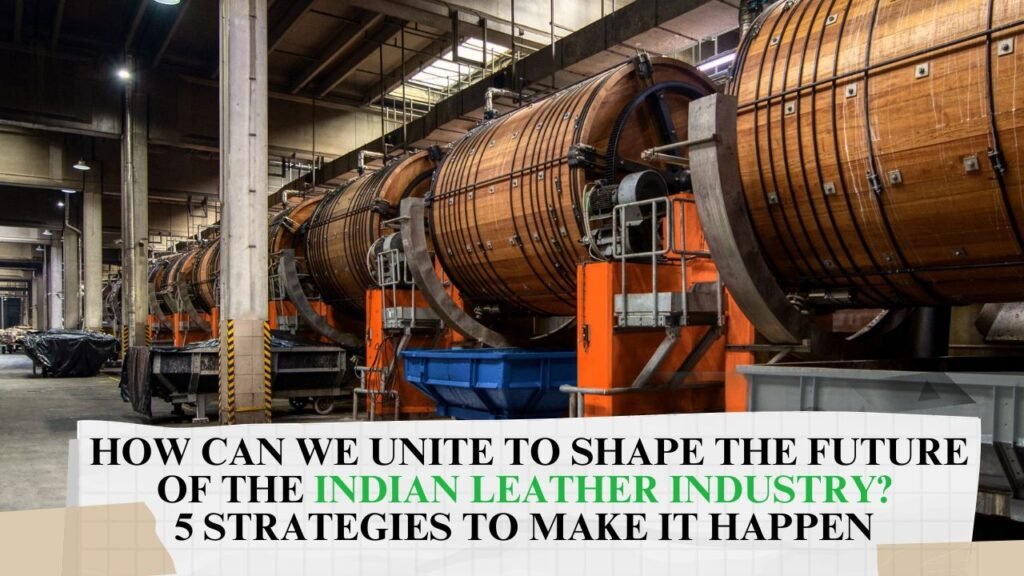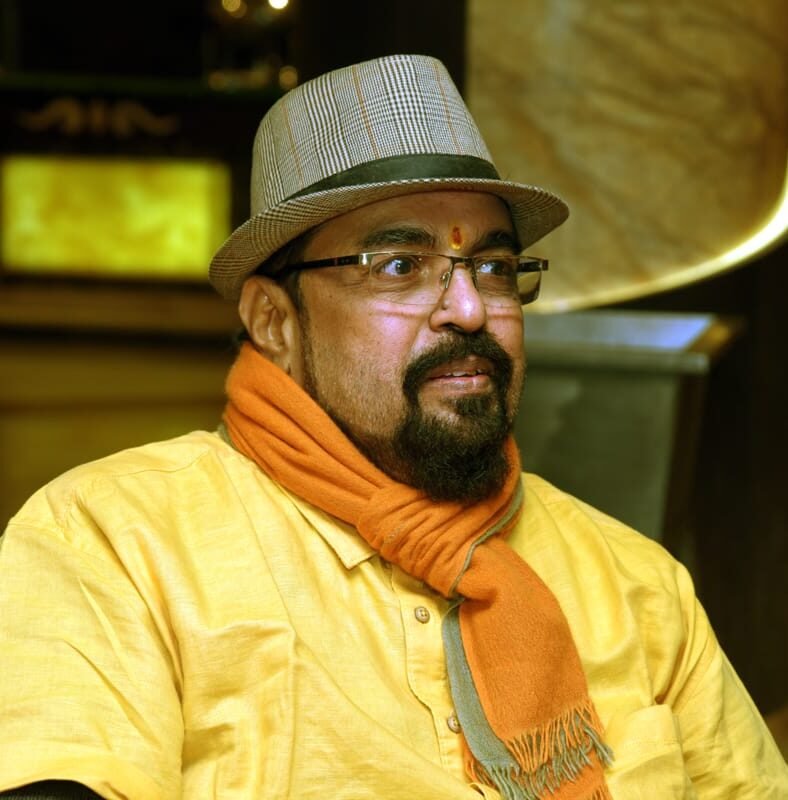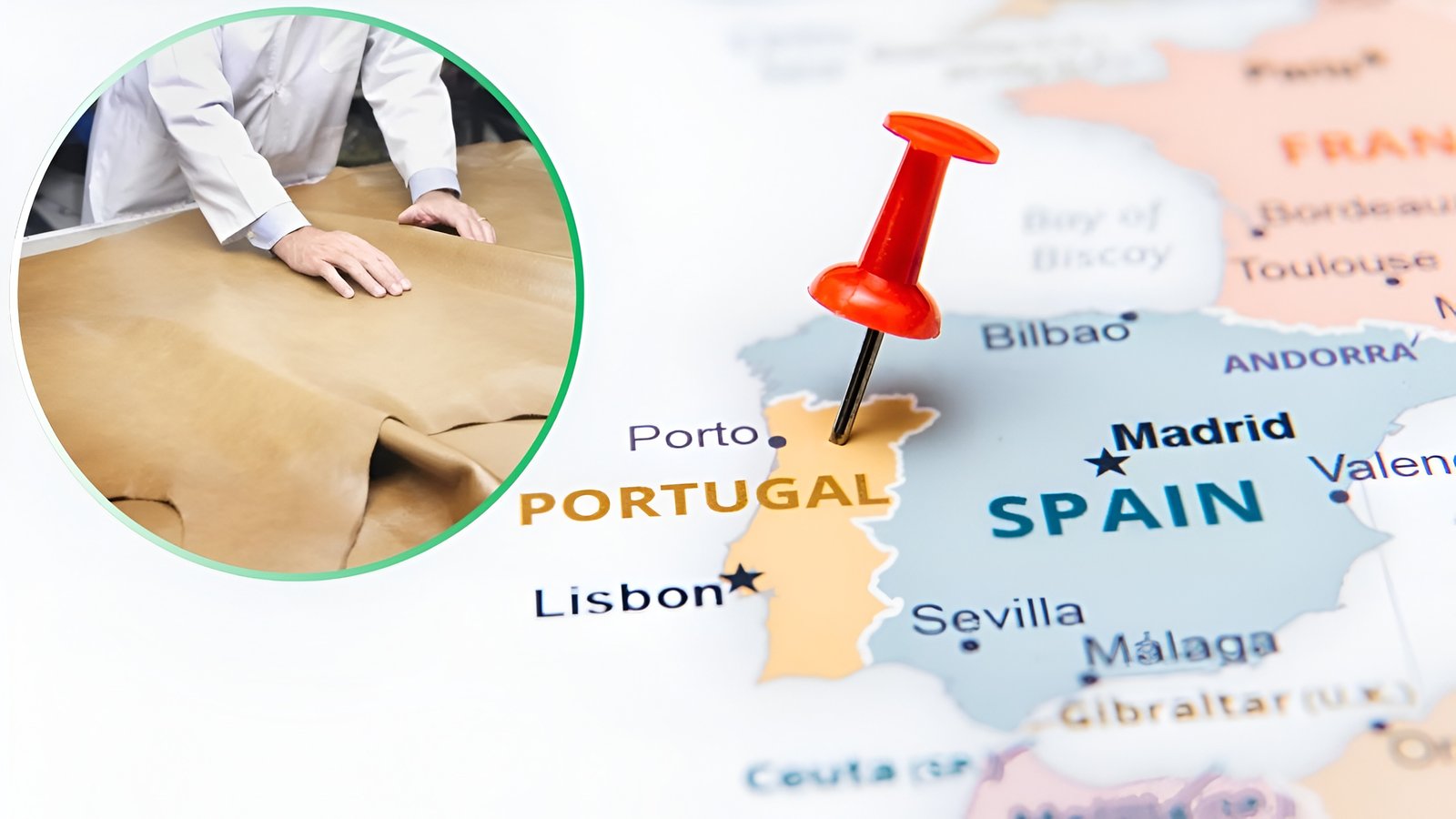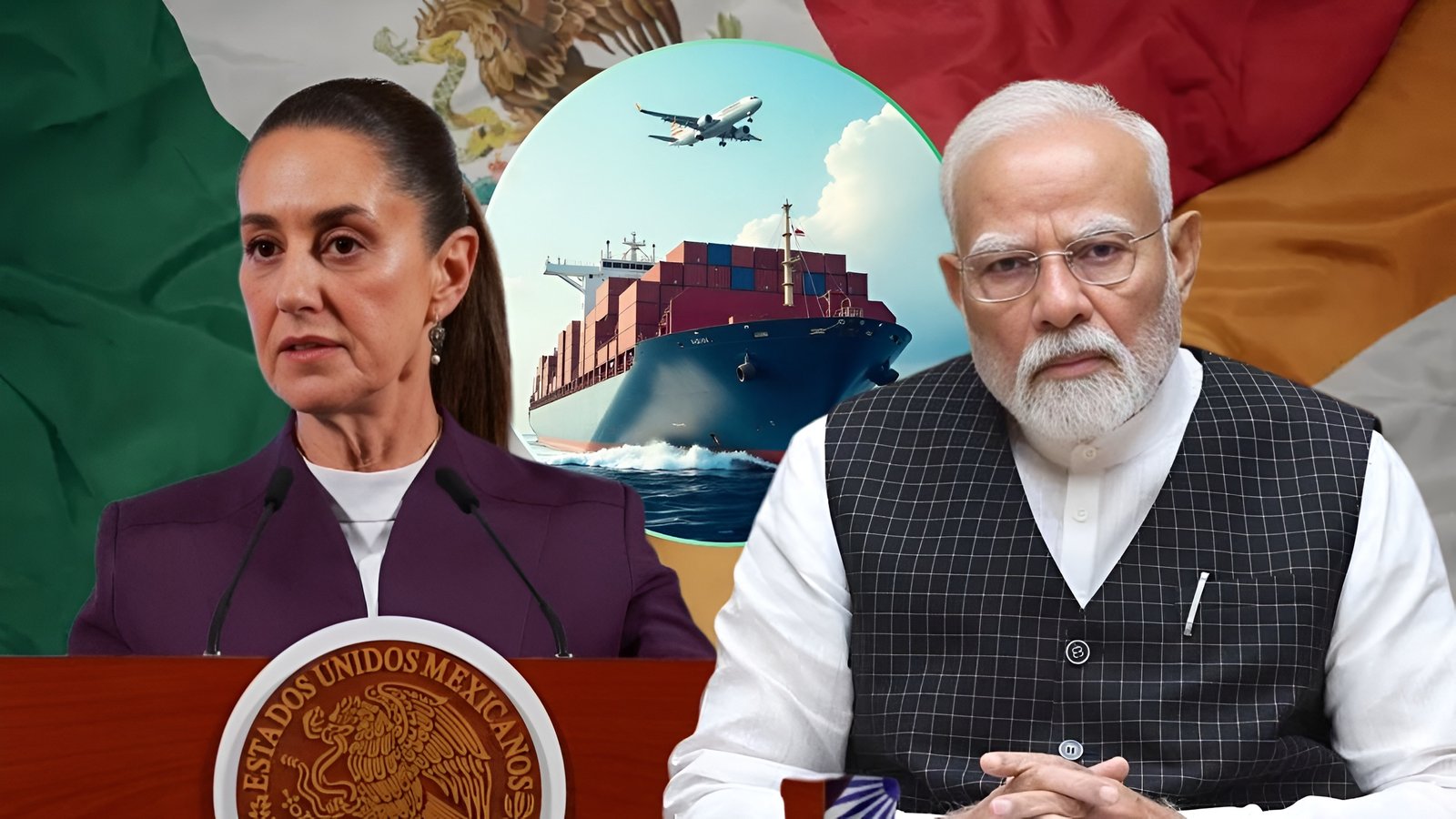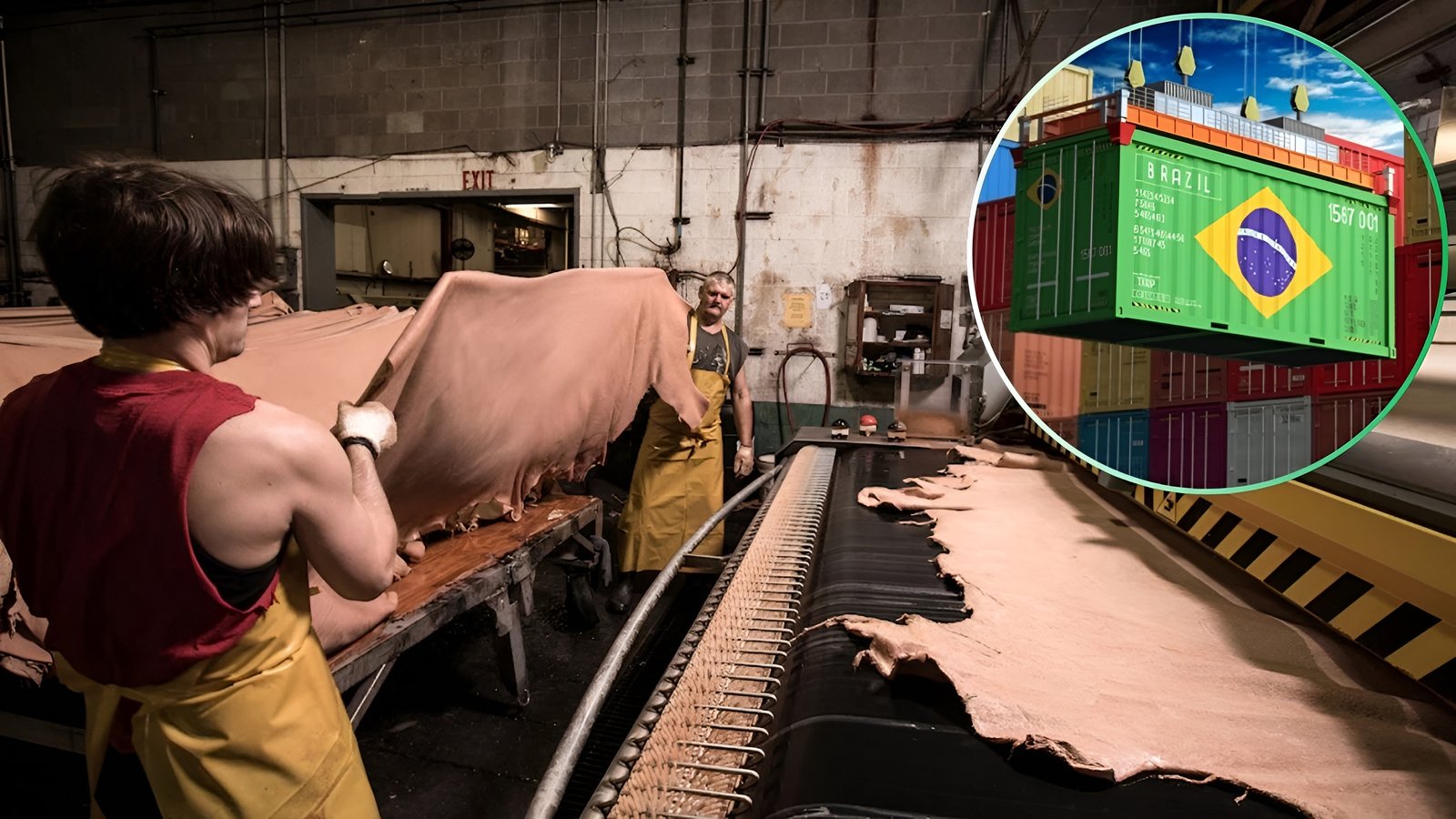Welcome back and thank you for all of your feedback on the previous article.
As we explore the future of the Indian leather industry, I have outlined ten essential points to consider, in my last article titled, “13 Strategies for the Indian Leather Industry to Achieve $50 Billion Target by 2030”.
In this article, we will dive into the first five in brief
1. Road Map
A) Uniting Leather Industry Associations for Collective Growth.
The first step towards a thriving leather industry involves uniting all associations representing the Indian leather and leather products Industry under one umbrella.
One Collective Voice will always be well heard by all the Government Departments & International Associations, for the support of the Industry.
B) Maximizing Raw Material Utilization Through Global Partnerships.
The unified association thus made as mentioned above, must then reach out to international slaughterhouses to create connections especially, in cases where raw materials go unutilized.
Why am I saying this?
Each year, we hear & read that countless tonnes of raw hides/skins are discarded or dumped due to a lack of demand or no buyers.
By facilitating the import of these hides into India, we can ensure they are utilized well & effectively.
These hides could be sold to various tanneries within India with the unified association guaranteeing a reasonable return rather than letting them go to waste.
This initiative could significantly boost our imported raw material requirement and support local tanneries.
2. Identifying Strengths and Weaknesses
C) Untapped Business Opportunities in India
Northern India is home to numerous exporters from regions like Delhi, NCR, Rajasthan, Western UP, Uttarakhand, and Himachal Pradesh.
These exporters specialize in making products wherein leather is used considerably, majorly and as decorative.
These products range for home and office furnishings.
Such as Chairs, Working table, Table tops, Cupboards, Wall décor, Floor panels, Tables, cushions and many more.
These exporters have potential to bag big orders but, unfortunately due to lack of leather knowledge, they immensely depend upon some traders who supply sub-standard leathers or stock lots.
Thus, the real potential could not be capitalized.
The Export Promotion Council for Handicrafts (EPCH) has these exporters as members, yet they are not represented under the Council for Leather Exports (CLE).
As an individual, I have made notable contributions to several such factories, assisting them in upgrading their leather procurement & processes, which has yielded in positive results.
Did you know?
EPCH organizes two major shows each year in Greater Noida, showcasing handicrafts and leather products.
Global prestigious brands like Polo, Ralph Lauren, Fendi, RH and many renowned International Brands frequently attend these events.
By supporting these industries with good quality leather, the Indian leather producers can unlock significant business opportunities.
Also these days, such brands look for LWG supply source and all the other compliance requirements, as well as social audits.
3. Mindset & Future Workforce
D) Positive Mindset
We must always foster a culture of positivity within the industry.
Negativity serves no purpose, Caution is different from thinking negatively.
We should be open to get expert opinion and take measured steps, we don’t have to feel scared about any secrets of trade.
These days there is nothing as secret and we have all the information in the social media and internet.
Think positive, spread the positivity, there is no way left except to move forward.
It is up to us whether we aim for $10 billion or $50 billion.
E) The Future Workforce of Our Industry
We have so much talent and we need to nourish them from an early age & stage.
It is crucial to educate the students about the significance of the leather and leather products industry, elevating its status as a desirable career path.
I often see B.Tech. leather technology students opting for roles as merchandiser rather than pursuing their field of study being a leather technologist.
They feel leather industry is all about sweating it out and product merchandising is all about comfort workplace, comfort travel etc.,
Why waste a B.Tech., Leather Technology seat?
Instead they could have gone to NIFT or FDDI.
Again with NIFT and FDDI, the designs of students are not given much encouragement and their hidden talents are not brought out.
Partly the curriculum to be blamed and partly the industry who do not support the freshness or fresh ideas of these students.
Educational institutions like NIFT and FDDI must enhance their curricula to support creative design and foster fresh ideas.
After their education at their workplace, these students are simply made to read and follow the tech pack and made to follow established protocols.
- Instead we should encourage their creativity to produce attractive designs,
- Innovative products, products with more utility value, fineness in construction,
- Comfort in utility value while wearing shoes or garments etc.,
4. Uniting Associations & Government Support
F) Government Support
The government should automatically recognize our industry’s potential and vision for the future growth. This is only possible by showing our commitment with facts and confirmed by figures.
We must seek support for the establishment of the factories that support Mould making, metal accessories, High quality sole manufacturing plants, and many more products & anxillaries. At the moment, we are currently dependent on other Countries.
Promoting joint ventures or foreign direct investment (FDI) will help us achieve self-sufficiency.
One such example is the recent investment of Rs.5000 crore (US$600 Million) in FDI to construct a footwear park in Tamil Nadu’s Perambalur district.
Such Industrial parks specifically created to support the Leather & Leather Products Industry need to be created to attain self sufficiency and stand up to the slogan
“MAKE IN INDIA”
Our approach to the government should be rooted in a commitment to performance and excellence, rather than approaching them with a begging bowl for some sort of incentive or drawback.
It is also vital that our representation to the government comes from a single unified voice of association, advocating for collective growth rather than individual sectors.
Head of the association should not have any lineage to any particular group but, must have thorough knowledge of every sector in our Industry.
G) Drawing Inspiration from the Textile Industry.
We can learn valuable lessons from the textile industry, where a unified representation enables them to create positive impression and gain effective government support, in all their mission and vision.
In contrast, we often find ourselves divided into regional factions, which hinders our progress as a cohesive sector.
To achieve our goals, we must come together as one nation rather than operate as separate regions.
“INDIA FIRST. LEATHER FIRST”.
5. Forming a Consortium.
H) The Power of Consortiums.
The concept of a consortium has always been close to my heart, especially after witnessing the division that occurred in my life.
A unified strong futuristic business Group was split into four separate entities.
This group had the potential to become the largest in the industry & Country but, the fragmentation resulted in missed opportunities.
I witnessed the brothers falling apart, due to the fact of separating the business as four instead of one.
With segments like Tannery, Shoes, Garments, Leather Goods, Cotton Bags, T-Shirts, Sourcing, Marketing, Management, and Finance split into four pieces, the overall outcome was a big zero.
This experience has reaffirmed & reinforced my belief in the importance of Unity and the idea of coming together.
We should present ourselves to customers as a single entity, showcasing all types of Leather and Leather Products under one name.
Imagine the advantages of consolidating efforts
LWG certification, ZDHC Approval, SLF compliance, Sedex approval, etc, and brand audits could all fall under one unified banner.
Lets say by participating in exhibitions as a consortium of five factories, we could occupy 60 sq mts instead of just 9 or 12 sq mts individually.
This creates a stronger impression on brands and Customers.
The consortium allows three people to travel as a team, instead of five resulting in significant cost savings and enhanced financial flexibility, as a Consortium.
The principle is as simple as “Unity in diversity”.
We have seen various industries, from banks to chemical manufacturers and soft drink giants, Hotel groups come together to demonstrate their strength.
Why shouldn’t we do the same?
This is a pivotal moment. It is now or never.
Instead of asking how we can achieve our goals, let’s shift our mindset to “Yes, we can” or “Why can’t we?”
While I initially mentioned five as a team, in practical terms, this could involve bringing together seven to ten individual units, resulting in tremendous strength.
While sourcing, we present ourselves, as one united group & face showing one cohesive identity rather than several fragmented ones.
I have witnessed the success of the Leather Garment Manufacturers achieved when they united as one, to import sheep skins, allowing them to buy at lower prices and sell in greater volumes at a good price, benefiting everyone involved.
The advantages of collaborating extended across the board, be it raw material sourcing, chemical procurement, marketing costs, or operational efficiencies.
With such strengths, eventually the orders will increase, Profitability will improve, investments will be channelized, ideas will be united, and many more advantages.
Conclusion
As we move forward, it is essential for all the industry stakeholders to remain focused, adaptive, amenable and united in our efforts.
Positive remarks motivate us, negative remarks help us to be cautious and criticism help us to improve and correct ourselves.
Let us work and walk towards a better tomorrow. Please feel free to comment down your thoughts below.
Note: – Detailed discussion and information about all these strategies will be shared with interested colleagues in the industry. Feel free to reach out to me through the email or social media links provided in my profile below.





